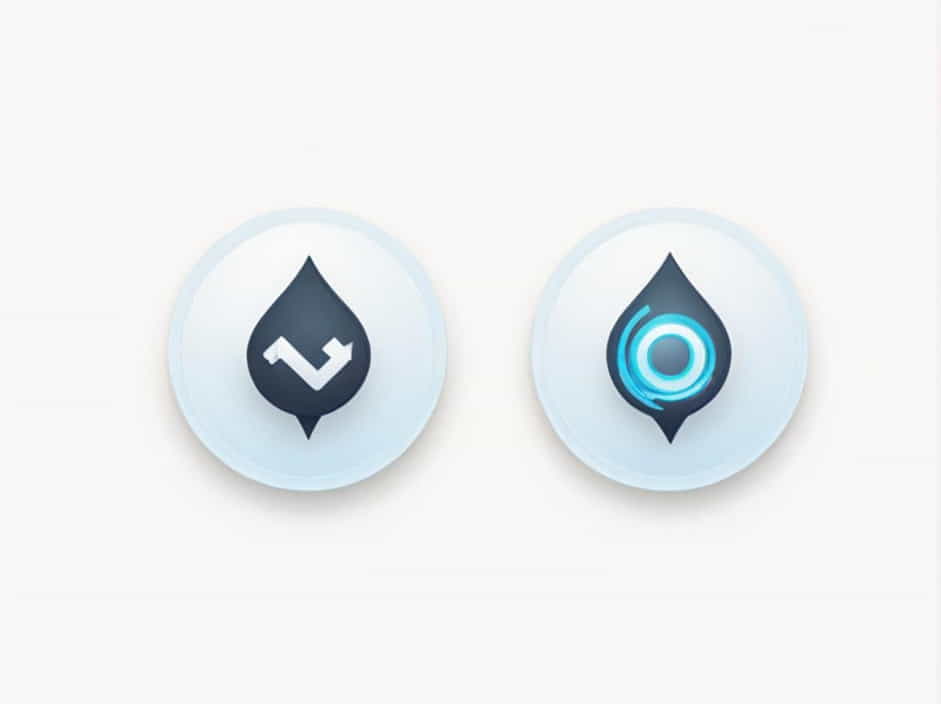In chemistry, atoms and molecules can carry an electrical charge, forming ions. These charged ptopics play a crucial role in chemical reactions, biological processes, and industrial applications.
The two main types of ions are cations and anions. But what exactly are they, and how do they differ? This topic will explain cations vs. anions, their properties, examples, and their significance in science and daily life.
What Is an Ion?
An ion is an atom or molecule that has gained or lost electrons, resulting in a net electrical charge.
- If an atom loses electrons, it becomes positively charged → Cation.
- If an atom gains electrons, it becomes negatively charged → Anion.
The number of protons (positive charges) stays the same, but the number of electrons (negative charges) changes, leading to the formation of an ion.
What Is a Cation?
A cation is a positively charged ion, meaning it has more protons than electrons.
How Cations Form
Cations form when an atom loses one or more electrons. This usually happens in metals, which tend to lose electrons easily.
For example:
- Sodium (Na) → Na⁺ + e⁻
- Calcium (Ca) → Ca²⁺ + 2e⁻
In both cases, the atom loses electrons, creating a positive charge.
Properties of Cations
- Positively charged (+)
- Smaller in size than their neutral atoms because losing electrons reduces electron repulsion.
- Usually metals (e.g., sodium, potassium, calcium).
- Attracted to negative charges (e.g., anions, cathodes in electrolysis).
Examples of Cations
- Sodium (Na⁺) – Found in table salt (NaCl) and essential for nerve function.
- Calcium (Ca²⁺) – Important for bones and muscle contractions.
- Iron (Fe²⁺, Fe³⁺) – Found in hemoglobin for oxygen transport in blood.
- Hydrogen ion (H⁺) – Found in acids, responsible for acidity (pH).
What Is an Anion?
An anion is a negatively charged ion, meaning it has more electrons than protons.
How Anions Form
Anions form when an atom gains one or more electrons. This usually happens in nonmetals, which tend to attract and gain electrons.
For example:
- Chlorine (Cl) + e⁻ → Cl⁻
- Oxygen (O) + 2e⁻ → O²⁻
In both cases, the atom gains electrons, creating a negative charge.
Properties of Anions
- Negatively charged (−)
- Larger in size than their neutral atoms because gaining electrons increases electron repulsion.
- Usually nonmetals (e.g., chlorine, oxygen, sulfur).
- Attracted to positive charges (e.g., cations, anodes in electrolysis).
Examples of Anions
- Chloride (Cl⁻) – Found in table salt (NaCl) and necessary for digestion.
- Oxide (O²⁻) – Found in metal oxides, important for combustion reactions.
- Sulfate (SO₄²⁻) – Used in fertilizers and detergents.
- Hydroxide (OH⁻) – Found in bases like NaOH (sodium hydroxide).
Key Differences Between Cations and Anions
| Property | Cation (Positive Ion) | Anion (Negative Ion) |
|---|---|---|
| Charge | Positive (+) | Negative (−) |
| Formation | Loses electrons | Gains electrons |
| Size | Smaller than parent atom | Larger than parent atom |
| Common Elements | Metals (Na, Ca, Fe) | Nonmetals (Cl, O, S) |
| Attracted to | Negative charges (anions, cathodes) | Positive charges (cations, anodes) |
Cations and Anions in Everyday Life
Ions are not just theoretical concepts; they have real-world applications in science, medicine, and industry.
1. In the Human Body
Cations and anions help regulate many biological functions.
- Sodium (Na⁺) and Potassium (K⁺) – Essential for nerve impulses and muscle contractions.
- Calcium (Ca²⁺) – Necessary for bone strength and blood clotting.
- Chloride (Cl⁻) and Bicarbonate (HCO₃⁻) – Help maintain blood pH and fluid balance.
2. In Chemistry and Industry
Cations and anions play important roles in chemical reactions and manufacturing.
- Electrolysis – Used in metal refining (e.g., extracting aluminum from ore).
- Batteries – Work by moving cations and anions between electrodes.
- Water Treatment – Uses ions to purify drinking water.
3. In Medicine and Pharmaceuticals
- Electrolyte Balance – Hospitals monitor ions in blood for patient health.
- Medication Absorption – Some drugs work by interacting with specific ions in the body.
Understanding cations vs. anions is crucial for chemistry and everyday life.
- Cations are positive ions formed by losing electrons, while anions are negative ions formed by gaining electrons.
- They follow opposite trends in charge, size, and reactivity.
- Their presence in biological systems, industries, and natural processes makes them essential to life and technology.
By knowing how cations and anions behave, we can better understand chemical reactions, bodily functions, and industrial applications, making chemistry a more practical and useful science.
